Ice-sheet models are an essential tool in making predictions regarding the future of the Greenland and Antarctic Ice Sheets. Nevertheless, these models still have a number of weaknesses. In an international model comparison, 14 research groups fed their ice-sheet models the same atmospheric and ocean data, and calculated what additional amounts of sea-level rise Greenland and the Antarctic would contribute by the year 2100. For Greenland, the results are consistent: if greenhouse-gas emissions levels remain just as high, the island will eventually lose so much ice that it will add 9 centimeters (3.5 inches) to global sea-level rise. When it comes to the Antarctic, however, the models’ results vary considerably. Some predict an additional sea-level rise of up to 30 centimeters (11.8 inches); others call for the rise to be significantly less. The outcomes of the comparison will be published today in a special issue of the online journal The Cryosphere.
Today, in many scientific and industrial sectors, computer simulations are a standard research tool. However, compared to fluid mechanics specialists or mechanical engineers, ice-sheet modelers have a particularly hard time developing realistic computer models of their research subject, for two reasons. For one thing, if they need to measure or confirm important parameters using an actual ice sheet, they naturally can’t reproduce any of the processes represented in their computer simulations in the lab. For another, certain key parameters are still missing. For instance, we still know virtually nothing about how the land surface in Greenland and the Antarctic affects the sliding and flowing of ice masses, or how warm the water under the floating ice tongues in the Antarctic is. If ice-sheet modelers need to check the quality of their model, their only option is to directly compare it with other models.
Six years ago, experts from 36 research institutes began an extensive comparison of their simulations for the Greenland and Antarctic Ice Sheets, and calculated (for two different climate scenarios) the extent to which melting on the sheets would affect global sea-level rise from 2015 to 2100. The ice-sheet models were supplied with atmospheric and ocean data produced by selected climate models from the Coupled Model Intercomparison Project Phase 5 (CMIP5), namely, those climate models used to prepare the IPCC’s 5th Assessment Report.
Greenland models underestimate the effects of climate change
When it comes to the future of the Greenland Ice Sheet, all models agree: it will continue to lose mass, contributing to global sea-level rise. If the world grows 4.3 degrees Celsius (7.7 degree Fahrenheit) warmer by 2100 (RCP8.5 scenario), these ice-sheet models project an additional sea-level rise of ca. 9 centimeters. If the warming is less severe (RCP2.6 scenario), the additional rise will be ca. 3.2 centimeters (1.3 inches).
“The 14 ice-sheet models compared match our latest observations, which indicate that the Greenland Ice Sheet is increasingly losing ice, especially at the margins,” says Dr. Martin Rückamp, a glaciologist and ice-sheet modeler from the Alfred Wegener Institute, Helmholtz Centre for Polar and Marine Research (AWI) in Bremerhaven who participated in the study. “But viewed more broadly, the losses of mass predicted by the models for the timeframe from 2015 to the present lie far below the actually observed losses. To put it simply: the ice-sheet models for Greenland underestimate the current changes in the ice sheet due to climate change.”
In a warmer world, the ice masses in East Antarctica will grow
With regard to the Antarctic, the models’ results are much more varied. If greenhouse-gas emissions remain consistently high (RCP8.5), they predict that the Antarctic will contribute anywhere from -7.8 to 30.0 centimeters (-3 to 11.8 inches) to global sea-level rise. What the minus symbol indicates: some models predict a significant decline in the Antarctic’s contribution to sea-level rise, even if the area and volume of ice in the Antarctic shrink. “These simulations show that, in a warmer world, there would be so much snowfall in East Antarctica that the new ice formed there would outweigh the ice lost to the warming seawater in West Antarctica,” explains AWI ice-sheet modeler Dr. Thomas Kleiner, who also participated in the study.
For West Antarctica, the models predict ice losses that would produce an additional sea-level rise of up to 18.0 centimeters (7 inches) by 2100. However, if we succeeded in reaching the goals of the Paris Agreement and limiting global warming to well below 2 degrees Celsius (3.6 degrees Fahrenheit) (RCP2.6), the ice losses in the Antarctic would be significantly less, producing an additional sea-level rise of between -1.4 and 15.5 centimeters (-0.6 to 6.1 inches).
How should these results be interpreted? “For the past 40 years, we’ve observed a clear downward trend in the Antarctic. The ice sheet is losing more and more ice, especially in West Antarctica, where our models also predicted major losses of ice. That being said, the acceleration of the glaciers simulated in the models was much less pronounced than what we actually observed,” says Prof Angelika Humbert, a co-author of the study and Head of the AWI’s Ice Modelling group. Moreover, the experts see indications that the models overestimate future ice growth in East Antarctica. “If our suspicions prove to be true, it will also mean that the models underestimate how much Antarctica as a whole will contribute to future sea-level rise,” she underscores.
More confidence, but uncertainties remain
In comparison to past studies, the ISMIP6 project has made significant headway. “The spectrum of results produced by the models is now smaller. As a result, we can have more confidence in their projections,” says Thomas Kleiner. At the same time, however, the comparison revealed certain conceptual weaknesses. One example: for the Antarctic simulations, the ocean’s effects on the ice shelves and glaciers weren’t represented using complex approaches for each ice tongue. Instead, the models relied on massively simplified formulas, which introduced considerable uncertainty. “As a result, the models weren’t able to reflect the different melting rates on the underside of the ice shelves, or to simulate the actually observed acceleration of the glaciers, which I personally find quite troubling,” says Angelika Humbert.
A further shortcoming found in the Antarctic simulations: how precipitation was represented. For precise projections, this aspect should have been calculated using a high-resolution regional climate model. But in the interest of feasibility, comparatively low-resolution atmospheric data from global models was used. In the next round of comparisons, all of these weaknesses are to be done away with. According to Angelika Humbert: “Our goal will then be to produce simulations of the ice sheets’ development that are as realistic as possible. To do so, simulation timeframes need to be selected that will allow the models’ results to be compared to actual observational data.” Under these conditions, the ice modelers could then pursue the same approach as fluid mechanics specialists and use real-world monitoring data to validate their computer simulations.
Read NASA Warns: Greenhouse Gas Emissions Could Add 15 Inches to 2100 Sea Level Rise for more on this research.
References:
“The future sea-level contribution of the Greenland ice sheet: a multi-model ensemble study of ISMIP6” by Heiko Goelzer, Sophie Nowicki, Anthony Payne, Eric Larour, Helene Seroussi, William H. Lipscomb, Jonathan Gregory, Ayako Abe-Ouchi, Andrew Shepherd, Erika Simon, Cécile Agosta, Patrick Alexander, Andy Aschwanden, Alice Barthel, Reinhard Calov, Christopher Chambers, Youngmin Choi, Joshua Cuzzone, Christophe Dumas, Tamsin Edwards, Denis Felikson, Xavier Fettweis, Nicholas R. Golledge, Ralf Greve, Angelika Humbert, Philippe Huybrechts, Sebastien Le clec’h, Victoria Lee, Gunter Leguy, Chris Little, Daniel P. Lowry, Mathieu Morlighem, Isabel Nias, Aurelien Quiquet, Martin Rückamp, Nicole-Jeanne Schlegel, Donald A. Slater, Robin S. Smith, Fiamma Straneo, Lev Tarasov, Roderik van de Wal and Michiel van den Broeke, 17 September 2020, The Cryosphere.
DOI: 10.5194/tc-14-3071-2020
“ISMIP6 Antarctica: a multi-model ensemble of the Antarctic ice sheet evolution over the 21st century” by Hélène Seroussi, Sophie Nowicki, Antony J. Payne, Heiko Goelzer, William H. Lipscomb, Ayako Abe-Ouchi, Cécile Agosta, Torsten Albrecht, Xylar Asay-Davis, Alice Barthel, Reinhard Calov, Richard Cullather, Christophe Dumas, Benjamin K. Galton-Fenzi, Rupert Gladstone, Nicholas R. Golledge, Jonathan M. Gregory, Ralf Greve, Tore Hattermann, Matthew J. Hoffman, Angelika Humbert, Philippe Huybrechts, Nicolas C. Jourdain, Thomas Kleiner, Eric Larour, Gunter R. Leguy, Daniel P. Lowry, Chistopher M. Little, Mathieu Morlighem, Frank Pattyn, Tyler Pelle, Stephen F. Price, Aurélien Quiquet, Ronja Reese, Nicole-Jeanne Schlegel, Andrew Shepherd, Erika Simon, Robin S. Smith, Fiammetta Straneo, Sainan Sun, Luke D. Trusel, Jonas Van Breedam, Roderik S. W. van de Wal, Ricarda Winkelmann, Chen Zhao, Tong Zhang and Thomas Zwinger, 17 September 2020, The Cryosphere.
DOI: 10.5194/tc-14-3033-2020

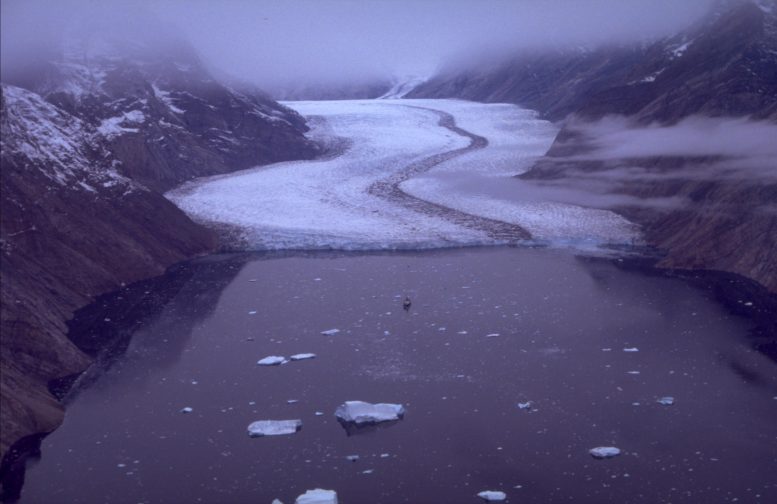
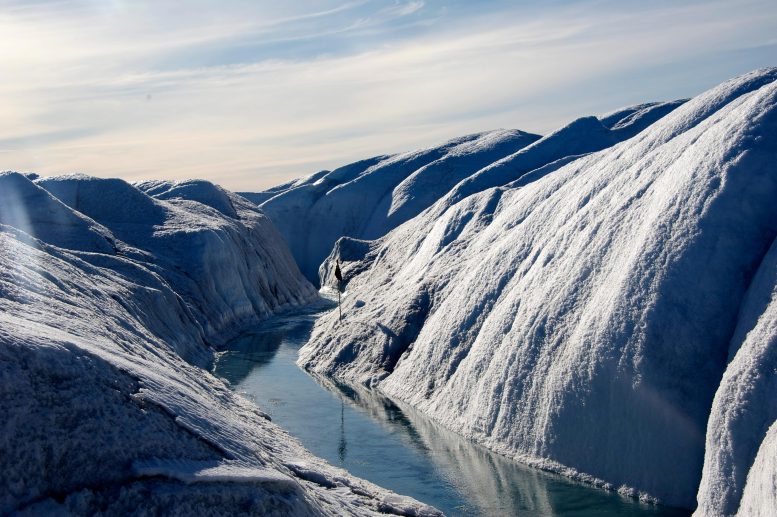
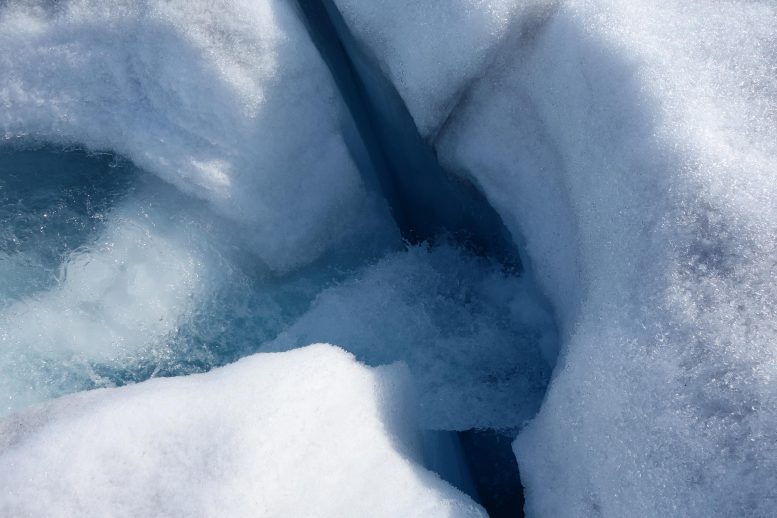
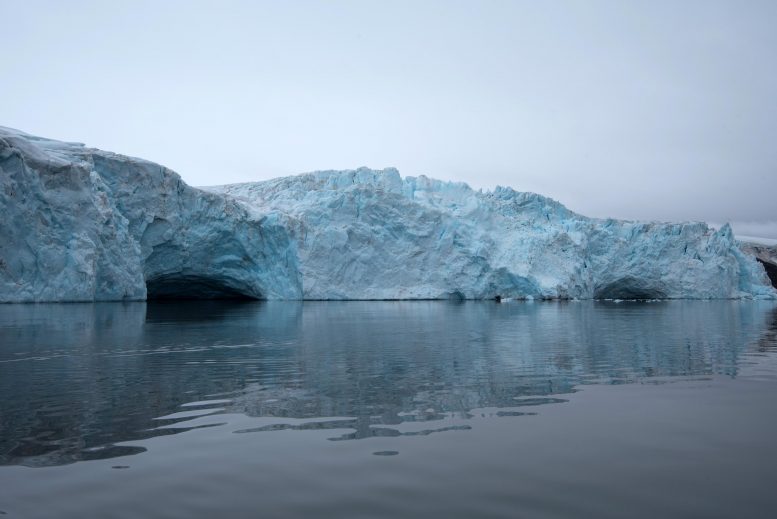
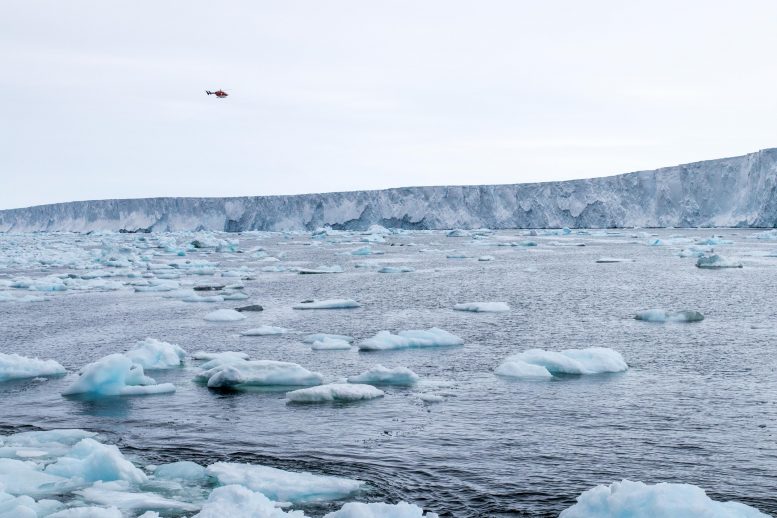

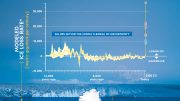
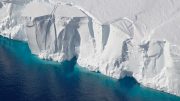
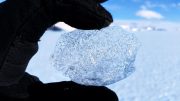
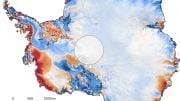
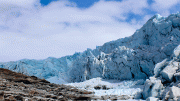
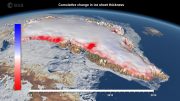
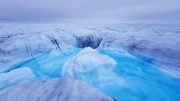
“Garbage in, garbage out.”
Scientists don’t destroy the earth, punk thugs do, and the real scientists were ended by the worthless sex recreational.
Yeah, yeah. How many time is the sky to fall?
It has fallen before and will fall again. The sad thing is that this time it will be our own doing and therefore preventable.
So… the models do not accurately reflect actual observations, yet drive global policy. Hmmm 🤔
What is the feasibility of building a pipeline from either the Indian ocean or the Atlantic ocean and pumping sea water into the Sahara basin to help offset sea rise? What would be the impact? Would this help not just Africa but the world? Is this worth consideration?